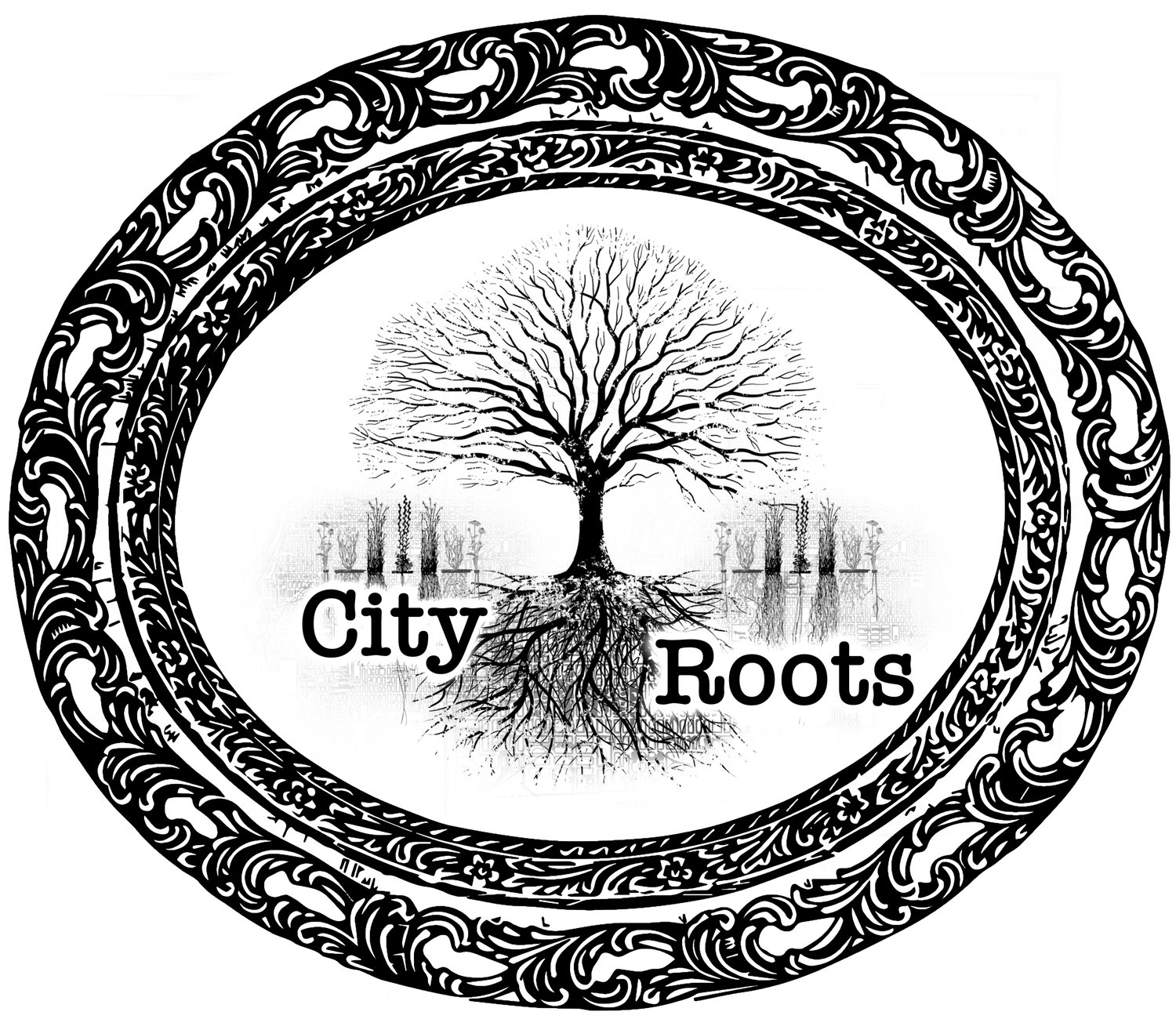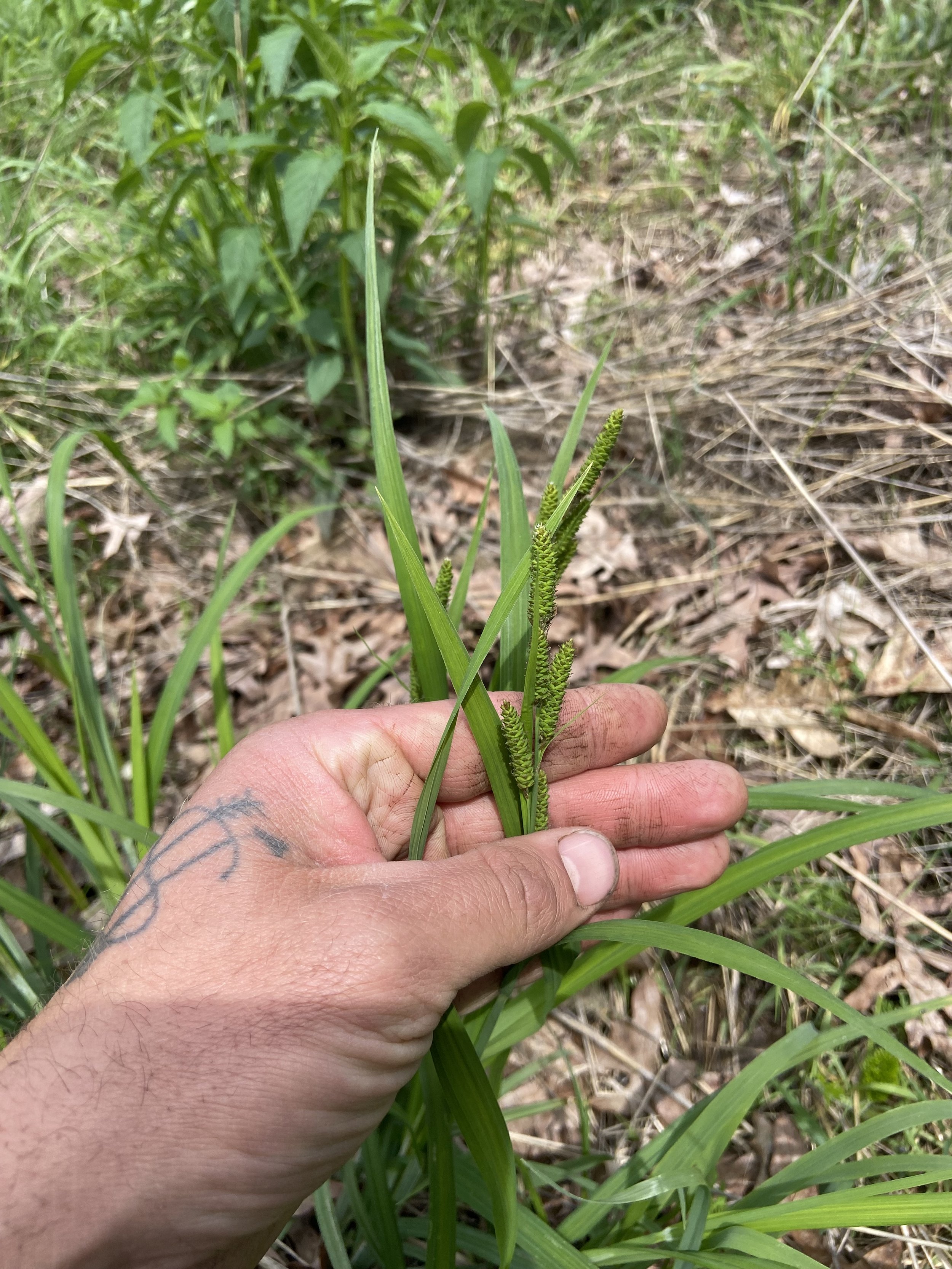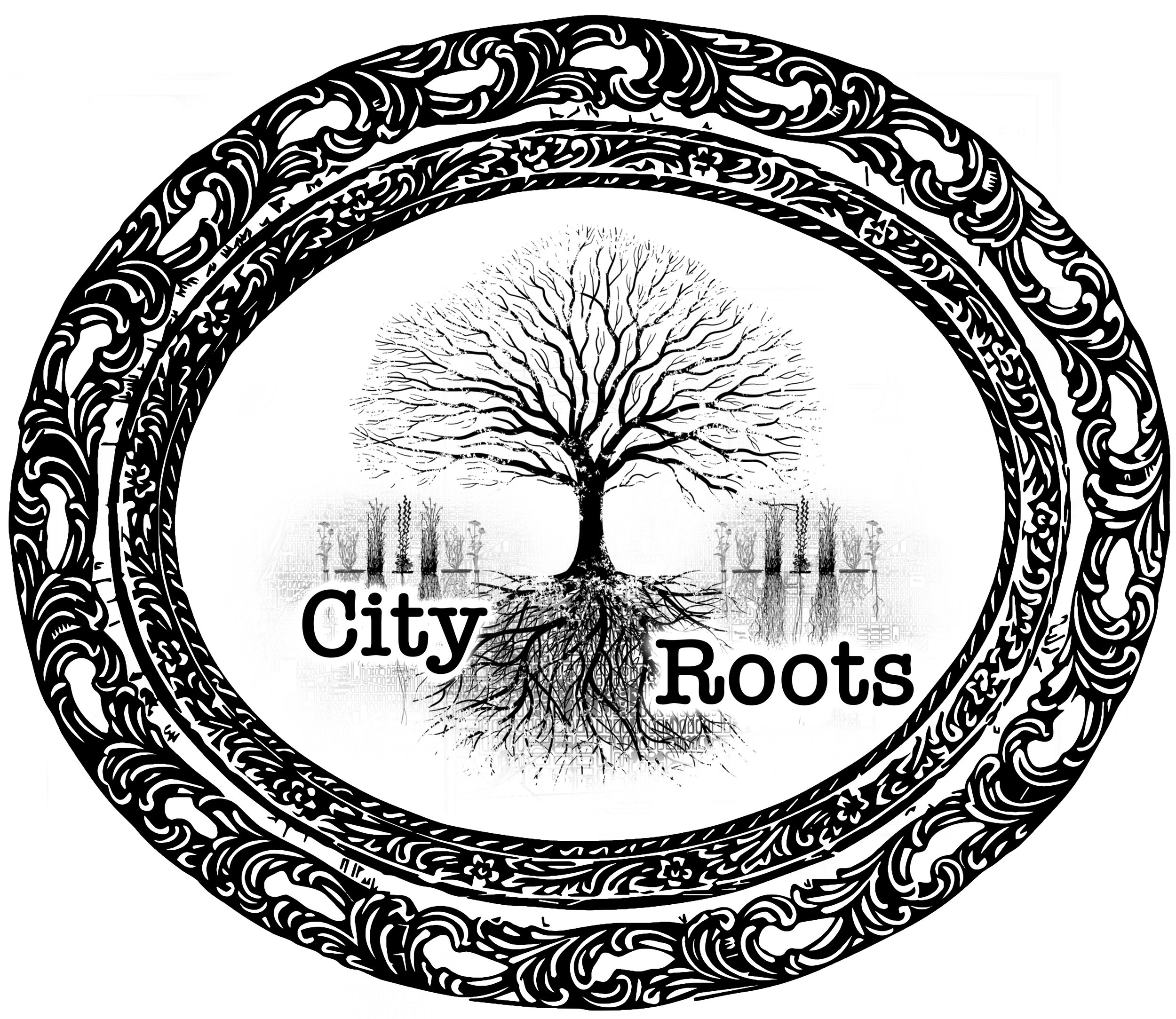Carex muskingumensis / Palm sedge
Type: Sedge
Native Habitat: river banks and flood plains
Light: Full sun to part shade
Soil: Medium to wet
Size: 2-3’ Tall, 2-3’ Wide
Bloom: Yellow blooms in May-September
Info: This native perennial sedge can be found in swamps, woods, flood plains, along rivers or streams. It grows best in wet fertile soil, but can be grown in normal soil as long as the area doesn’t fully dry out. In landscapes this plant works well for boarders, mass groupings, water gardens, and shade gardens. In full shade plants may flop over. After the first frost foliage turns yellow and can be cut to the ground in winter.
Type: Sedge
Native Habitat: river banks and flood plains
Light: Full sun to part shade
Soil: Medium to wet
Size: 2-3’ Tall, 2-3’ Wide
Bloom: Yellow blooms in May-September
Info: This native perennial sedge can be found in swamps, woods, flood plains, along rivers or streams. It grows best in wet fertile soil, but can be grown in normal soil as long as the area doesn’t fully dry out. In landscapes this plant works well for boarders, mass groupings, water gardens, and shade gardens. In full shade plants may flop over. After the first frost foliage turns yellow and can be cut to the ground in winter.
Type: Sedge
Native Habitat: river banks and flood plains
Light: Full sun to part shade
Soil: Medium to wet
Size: 2-3’ Tall, 2-3’ Wide
Bloom: Yellow blooms in May-September
Info: This native perennial sedge can be found in swamps, woods, flood plains, along rivers or streams. It grows best in wet fertile soil, but can be grown in normal soil as long as the area doesn’t fully dry out. In landscapes this plant works well for boarders, mass groupings, water gardens, and shade gardens. In full shade plants may flop over. After the first frost foliage turns yellow and can be cut to the ground in winter.







